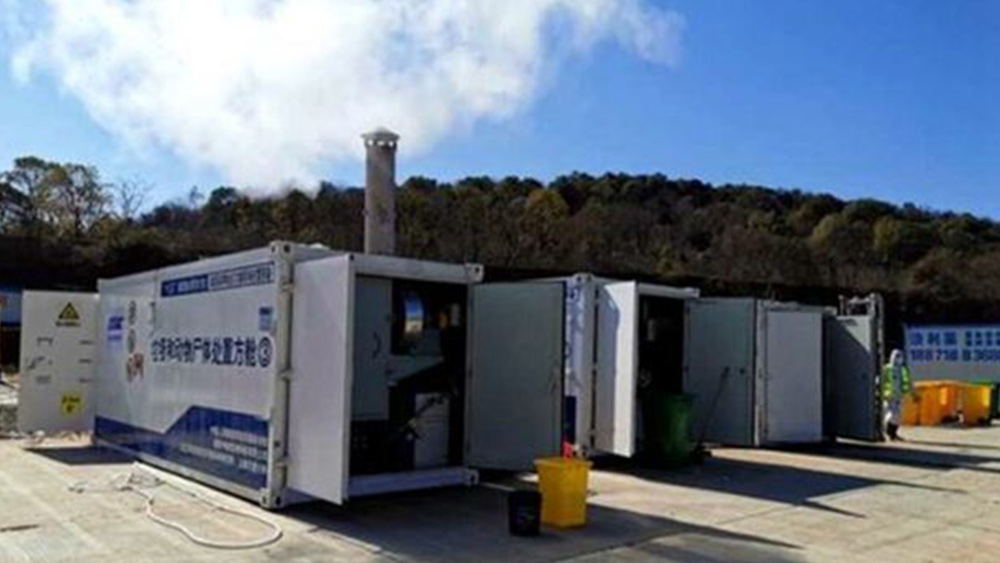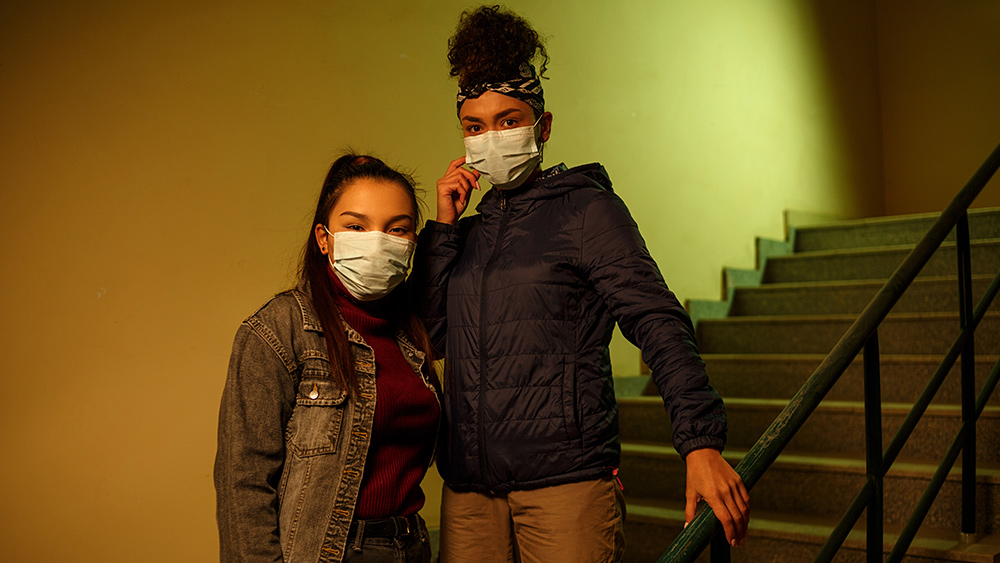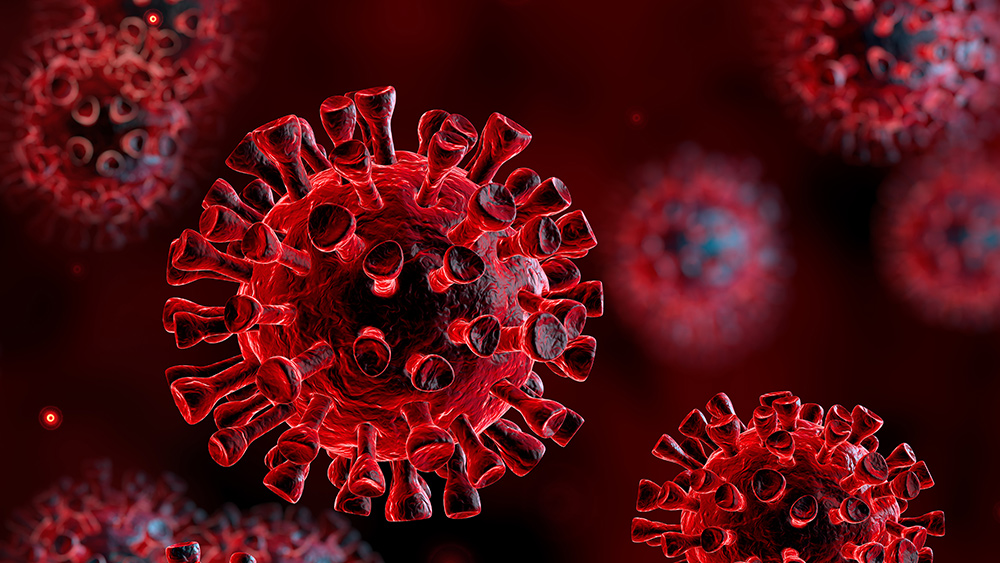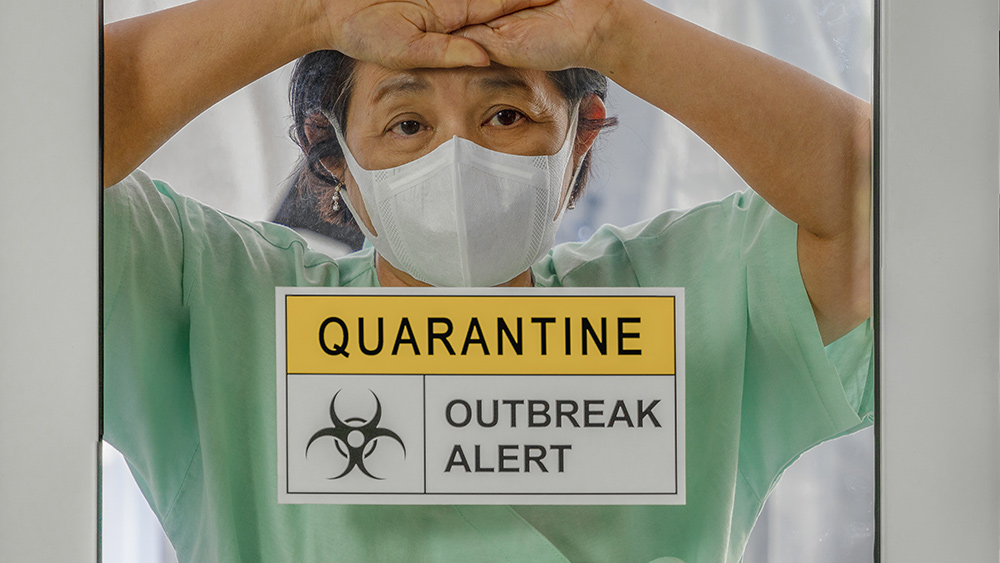There are now TWO novel coronavirus strains in circulation
03/09/2020 / By Ethan Huff

Believe it or not, there are actually two different strains of the Wuhan coronavirus (CoVid-19) currently in circulation, and new research has found that most people are being infected with the more aggressive and contagious one.
Chinese scientists from Shanghai and Beijing looked at 103 samples of the novel virus and identified the two different strains, which they named L and S. L is the more serious and virulent strain, while S is said to be milder and less serious.
Early on, the L strain of the Wuhan coronavirus (CoVid-19) was the more prevalent one with greater aggression. But the S strain is starting to take its place because the more aggressive a viral strain, the greater the likelihood that it eventually burns itself out, which appears to be occurring.
There are currently about 100,000 known cases of the Wuhan coronavirus (CoVid-19) around the world, along with at least 3,200 deaths. And while roughly 50,000 former patients are said to have recovered, reports suggest that many of these cases are testing positive a second time.
According to the Chinese researchers, about 70 percent of the Wuhan coronavirus (CoVid-19) patients still have the L variety, which often leads to “highly critical” manifestations of illness.
Keep in mind that these are just two known strains of the Wuhan coronavirus (CoVid-19) that were identified in a relatively small sample size. Ongoing testing could reveal even more strains as viruses are known to mutate, sometimes constantly.
“Knowing that the virus can mutate may make it harder to keep track of or to treat, and raises the prospect that recovered patients could become reinfected,” writes Sam Blanchard for the Daily Mail online.
Listen below as Mike Adams, the Health Ranger, warns that President Trump will soon declare a national emergency due to the continued spread of the Wuhan coronavirus (CoVid-19):
Early intervention can help to greatly inhibit viral spread
Interestingly, the S strain of the Wuhan coronavirus (CoVid-19) is believed to be the original strain that infected the first humans in Wuhan, China. Somehow, it quickly morphed into the L strain over a relatively short period of time, superseding the original S strain and creating more serious infections.
“Whereas the L type was more prevalent in the early stages of the outbreak in Wuhan, the frequency of the L type decreased after early January 2020,” wrote Professor Jian Li and Dr. Jie Cui, the paper’s two primary authors.
“Human intervention may have placed more severe selective pressure on the L type, which might be more aggressive and spread more quickly,” they added. “On the other hand, the S type, which is evolutionarily older and less aggressive, might have increased in relative frequency due to relatively weaker selective pressure.”
Scientists believe that the L strain rose to dominance so quickly and made so many people ill that those who caught it were rapidly diagnosed and isolated, limiting its further spread.
This “human intervention,” as it is described in the paper, includes hospitalization of people with the virus and the city-wide lockdowns we’ve been reporting on over the past several weeks.
Because they reigned in the L strain quickly and early on, in other words, the humans that intervened with this crisis may have helped to greatly curtail the number of additional infections that ensued.
It’s almost like survival of the fittest, in which the viral strain that has the most exposure is identified and targeted more forcefully, leading to its eventual die-off.
“These findings strongly support an urgent need for further immediate, comprehensive studies that combine genomic data, epidemiological data, and chart records of the clinical symptoms of patients with coronavirus disease 2019 (COVID-19),” Professor Jian and Dr. Jie conclude.
To keep up with the latest news about the Wuhan coronavirus (CoVid-19), be sure to check out Pandemic.news.
Sources for this article include:
Tagged Under: Beijing, China, coronavirus, covid-19, disease, global emergency, infection, novel coronavirus, outbreak, pandemic, strains, virus, Wuhan, Wuhan coronavirus
RECENT NEWS & ARTICLES
COPYRIGHT © 2017 SUPER BUGS NEWS

















